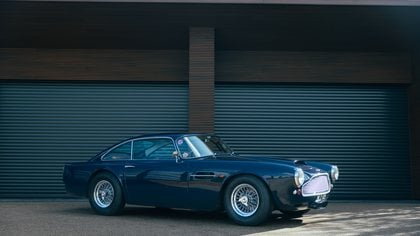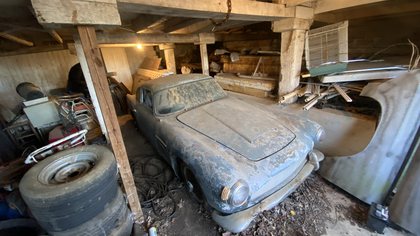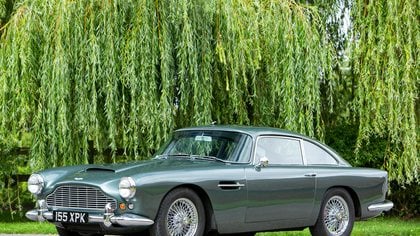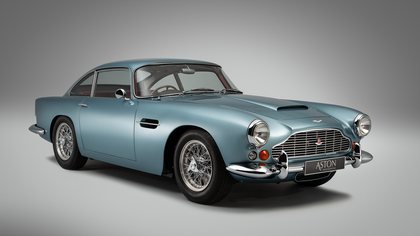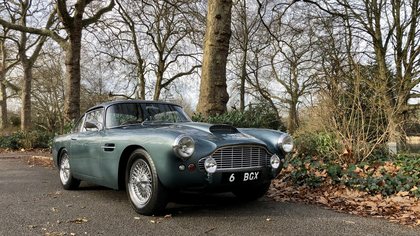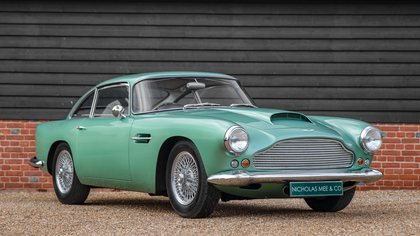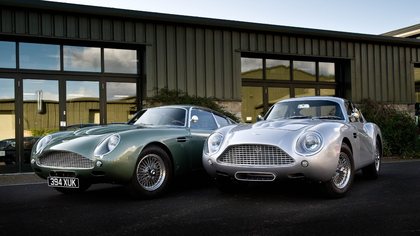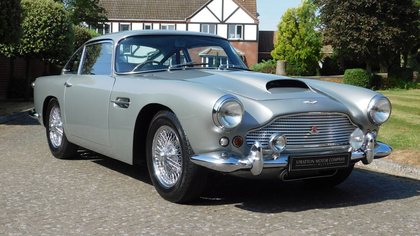Lot 128 1963 Aston Martin DB4 Series V Vantage Sports Saloon For Sale by Auction

Lot 128 1963 Aston Martin DB4 Series V Vantage Sports Saloon For Sale by Auction
- Left Hand Drive
- 1963
- White
- Dealer
- Belgium

This advert has now been removed through sale or otherwise. Please see the list below for similar live adverts.
Similar Aston Martin DB4s

Le Riche Automobile Restorers

Aston Martin DB4 - Series 1
Petrol · Manual · 4 speed
RHD
POA
Check out our new listings and upcoming auctions by subscribing to our newsletter
By signing up you accept our privacy policy and conditions of purchase



